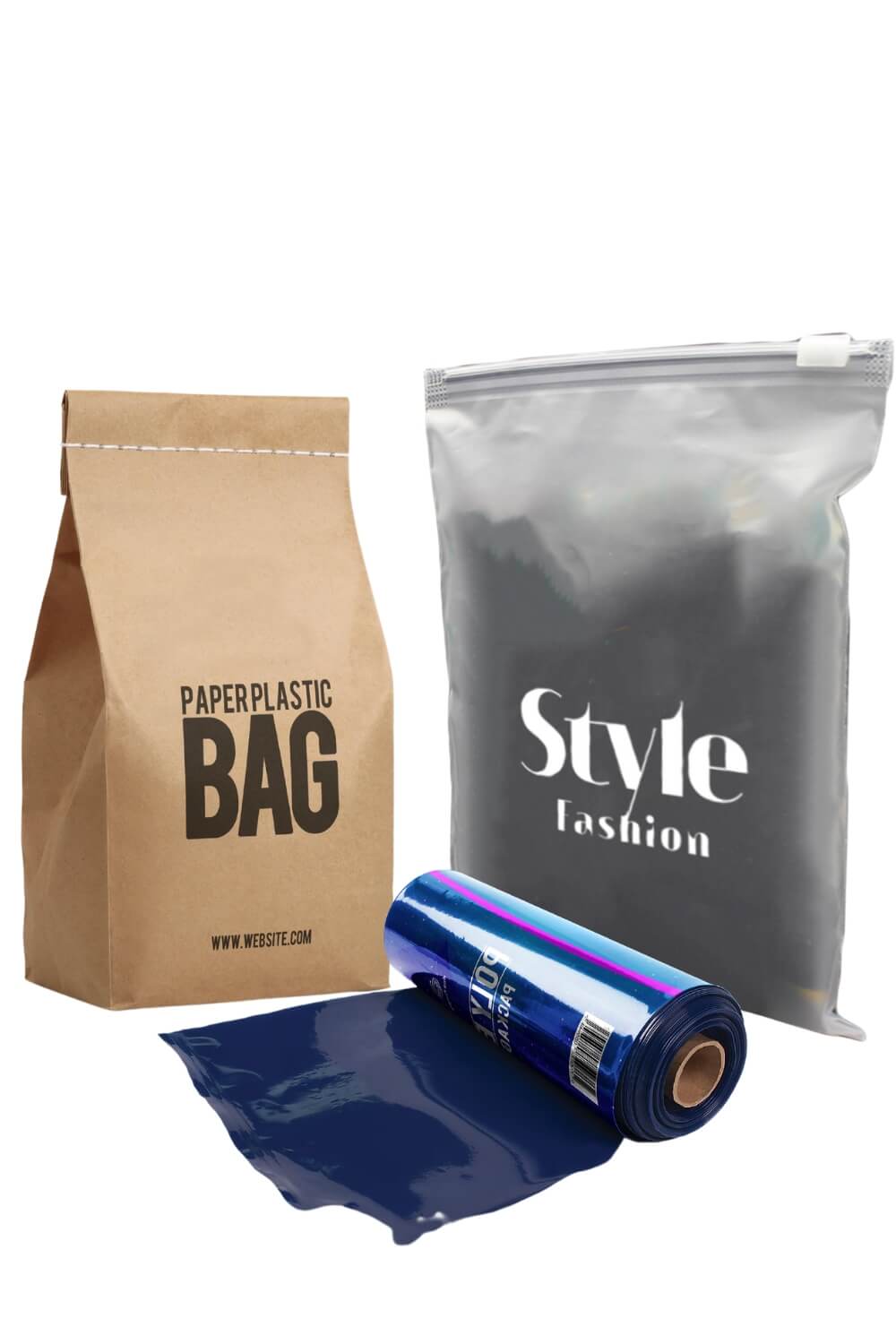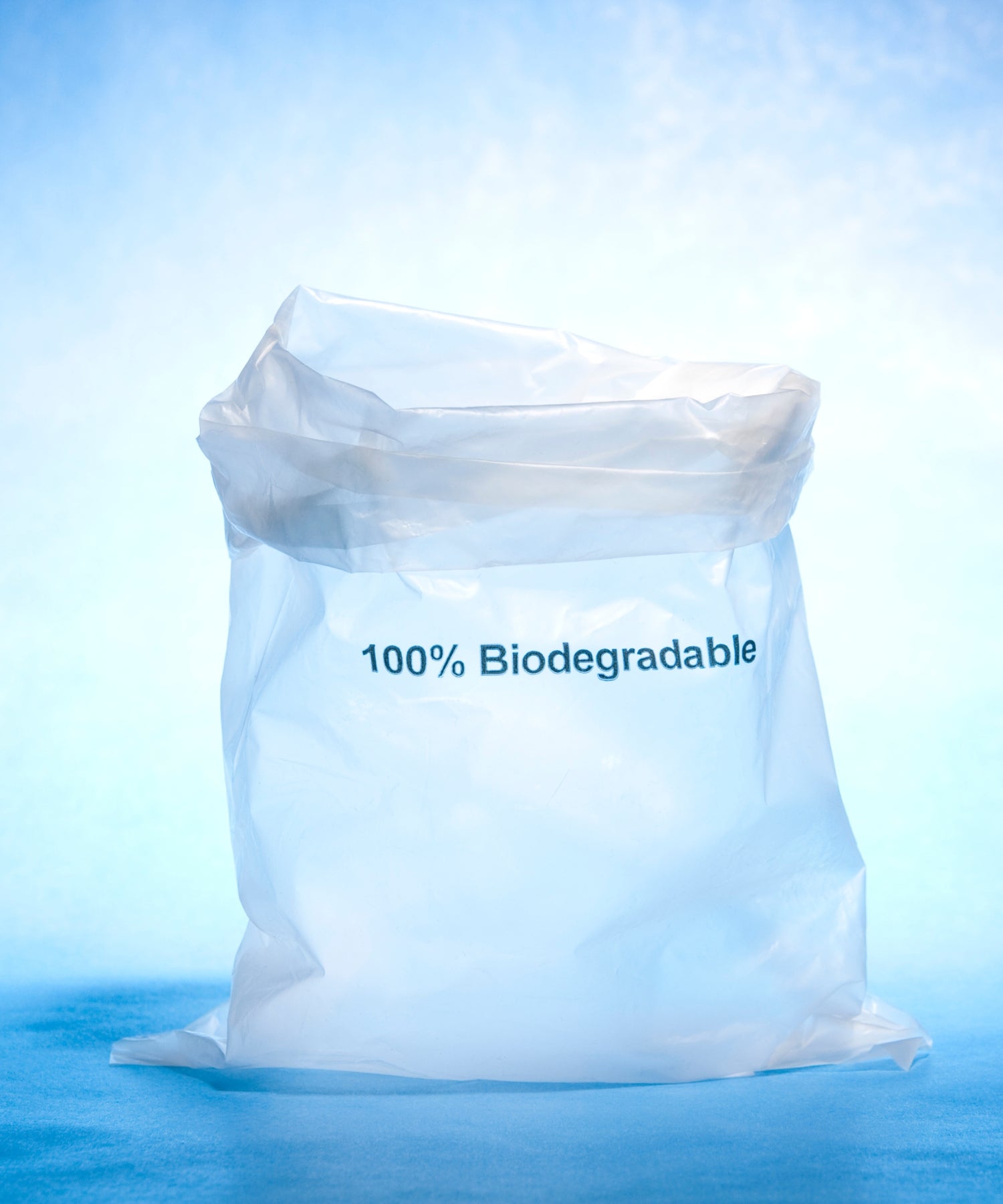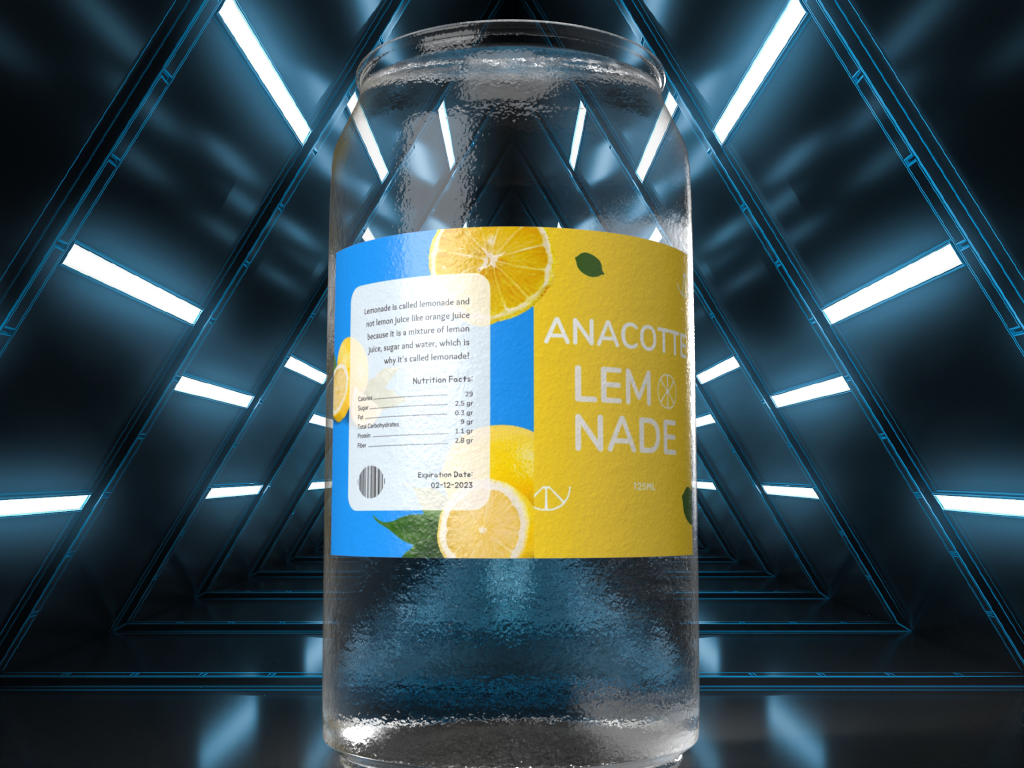The world is facing an environmental crisis, and the need for sustainable solutions has never been more important. One area that has seen significant growth in recent years is the biodegradable plastic market. With increasing consumer awareness and demand for eco-friendly products, the North America region has become a significant player in this industry.
Biodegradable plastics are materials that can be broken down into natural components by microorganisms such as bacteria, fungi, and algae, without leaving harmful residues behind. These materials are eco-friendly and do not contribute to the accumulation of plastic waste in landfills and the ocean. As such, they have become a popular choice for environmentally conscious consumers and businesses.
The North America biodegradable plastic market has seen steady growth in recent years, driven by various factors such as the increasing demand for sustainable packaging solutions, government regulations, and rising consumer awareness regarding eco-friendly products. As the market continues to grow, it presents a significant opportunity for companies to expand their product offerings and meet the growing demand for sustainable solutions.
This article aims to provide a comprehensive analysis of the North America biodegradable plastic market, including market size, growth prospects, and key players in the industry. It is important to understand the trends and dynamics of the market to make informed decisions and capitalize on the growing demand for eco-friendly products.
Market Overview
The North America biodegradable plastic market is a rapidly growing industry that is poised for significant expansion in the coming years. In 2020, the market was valued at USD 394.1 million and is projected to grow at a CAGR of 10.7% from 2021 to 2028. This growth can be attributed to the increasing demand for sustainable packaging solutions, government regulations, and the rising consumer awareness regarding eco-friendly products.
One of the main drivers of the North America biodegradable plastic market is the increasing demand for sustainable packaging solutions. With the rise of e-commerce and the resulting increase in packaging waste, consumers are becoming more aware of the need for eco-friendly packaging materials. Biodegradable plastics offer an attractive solution, as they can be easily decomposed and do not contribute to the growing plastic waste problem.
In addition to consumer demand, government regulations are also promoting the use of biodegradable plastics. The US government has been promoting the use of biodegradable plastics through various initiatives and regulations, including the US Department of Agriculture's BioPreferred program and the Federal Trade Commission's Green Guides. These regulations have created a favorable environment for the growth of the biodegradable plastic market.
The rising consumer awareness regarding eco-friendly products has also contributed to the growth of the North America biodegradable plastic market. Consumers are becoming more conscious of their environmental impact and are actively seeking out products that are sustainable and eco-friendly. As a result, biodegradable plastics have gained popularity as a viable alternative to traditional plastic materials.
Products Overview
The North America biodegradable plastic market is segmented by product into polylactic acid (PLA), polyhydroxyalkanoates (PHA), polybutylene succinate (PBS), starch blends, and others.
PLA is a biodegradable and compostable thermoplastic derived from renewable resources such as corn starch and sugarcane. It is one of the most commonly used biodegradable plastics and finds applications in packaging, consumer goods, and textiles. The increasing demand for eco-friendly packaging solutions and rising consumer awareness about the environmental impact of plastic waste are driving the growth of the PLA market.
PHA is a biopolymer that is produced by bacteria and other microorganisms. It is a highly versatile biodegradable plastic with properties similar to those of petroleum-based plastics, making it suitable for a wide range of applications. PHA finds applications in packaging, medical devices, and agricultural products, among others. The increasing demand for sustainable and biodegradable materials is driving the growth of the PHA market.
PBS is a biodegradable polymer that is produced by the polymerization of succinic acid and 1,4-butanediol. It is a versatile material that can be used in a wide range of applications such as packaging, agricultural films, and disposable tableware. The increasing demand for eco-friendly materials and the rising awareness about the environmental impact of plastic waste are driving the growth of the PBS market.
Starch blends are biodegradable materials that are produced by blending starch with other biodegradable polymers such as PLA and PBS. They are widely used in the production of bags, packaging, and disposable cutlery. The increasing demand for eco-friendly packaging solutions is driving the growth of the starch blends market.
Other biodegradable plastics include materials such as polyhydroxybutyrate (PHB), polyethylene glycol (PEG), and polycaprolactone (PCL), among others. These materials are less commonly used than PLA, PHA, PBS, and starch blends, but they still have important applications in areas such as medical devices and 3D printing.
The growing demand for sustainable and biodegradable materials is driving the growth of the North America biodegradable plastic market. The versatility and range of properties of biodegradable plastics make them suitable for a wide range of applications, and with the increasing consumer and regulatory demand for eco-friendly alternatives to traditional plastics, the biodegradable plastic market is set to continue to grow in the coming years.
Application Overview
The North America biodegradable plastic market has a wide range of applications, including packaging, agriculture, consumer goods, textiles, and medical devices, among others.
In the packaging industry, biodegradable plastics are being increasingly used to produce bags, films, and other types of packaging materials. The demand for eco-friendly packaging solutions is driving the growth of the biodegradable plastic market in this segment. Biodegradable packaging materials can be composted and recycled, reducing the environmental impact of plastic waste.
The agriculture industry also presents a significant opportunity for the growth of the biodegradable plastic market. Biodegradable plastics can be used in the production of agricultural films and mulches, which can improve crop yields and reduce soil erosion. These films can be left in the soil to biodegrade, reducing the need for disposal and reducing environmental pollution.
In the consumer goods segment, biodegradable plastics are being increasingly used to produce items such as cutlery, plates, and cups. The demand for eco-friendly alternatives to traditional plastic products is driving the growth of the biodegradable plastic market in this segment.
The textile industry is also an important application area for biodegradable plastics. These materials can be used to produce fibers and fabrics that are compostable and biodegradable, reducing the environmental impact of the textile industry.
The medical device industry presents a significant opportunity for the growth of the biodegradable plastic market as well. Biodegradable plastics can be used in the production of surgical sutures, implants, and drug delivery devices, among other applications. These materials can degrade in the body, reducing the need for additional surgeries and reducing the environmental impact of medical waste.
The versatility of biodegradable plastics makes them suitable for a wide range of applications. With the increasing demand for eco-friendly alternatives to traditional plastics, the biodegradable plastic market is expected to grow across a range of industries, offering significant opportunities for companies operating in the North America biodegradable plastic market.
Regional Analysis
The North America biodegradable plastic market is comprised of the United States and Canada. The United States is the largest market in the region, with Canada following close behind.
The United States dominates the biodegradable plastic market in North America due to its large population, high consumer awareness, and favorable regulatory environment. The US government has been promoting the use of biodegradable plastics through various initiatives and regulations, including the US Department of Agriculture's BioPreferred program and the Federal Trade Commission's Green Guides. These regulations have created a favorable environment for the growth of the biodegradable plastic market in the US.
Canada, on the other hand, has a smaller market share but is experiencing significant growth due to the country's strong focus on sustainability and the environment. The Canadian government has implemented various policies and initiatives to reduce plastic waste and promote the use of sustainable materials, including biodegradable plastics. This has led to an increase in consumer demand for eco-friendly products and has created opportunities for companies operating in the biodegradable plastic market.
The packaging industry is the largest application segment for biodegradable plastics in North America, with the United States being the largest market for biodegradable packaging. The demand for biodegradable packaging materials is being driven by the growing awareness of the environmental impact of plastic waste and the need for sustainable packaging solutions. The agriculture industry is also a significant application area for biodegradable plastics in the region, particularly in the United States.
The demand for biodegradable plastics in North America is also being driven by the increasing consumer awareness and concern about the environmental impact of plastic waste. Consumers are demanding more eco-friendly alternatives to traditional plastics, creating significant opportunities for companies operating in the biodegradable plastic market.
In summary, the North America biodegradable plastic market is driven by a combination of consumer demand and government regulations. The United States is the largest market in the region, while Canada is experiencing significant growth due to its focus on sustainability. The packaging and agriculture industries are the largest application areas for biodegradable plastics, with increasing consumer awareness driving demand for eco-friendly alternatives.
With that being said, the North America biodegradable plastic market is expected to witness significant growth during the forecast period due to the increasing demand for eco-friendly products and the strict government regulations promoting the use of biodegradable plastics. The market is highly competitive, with key players focusing on product innovation and expansion to meet the growing demand.






Leave a comment
This site is protected by hCaptcha and the hCaptcha Privacy Policy and Terms of Service apply.